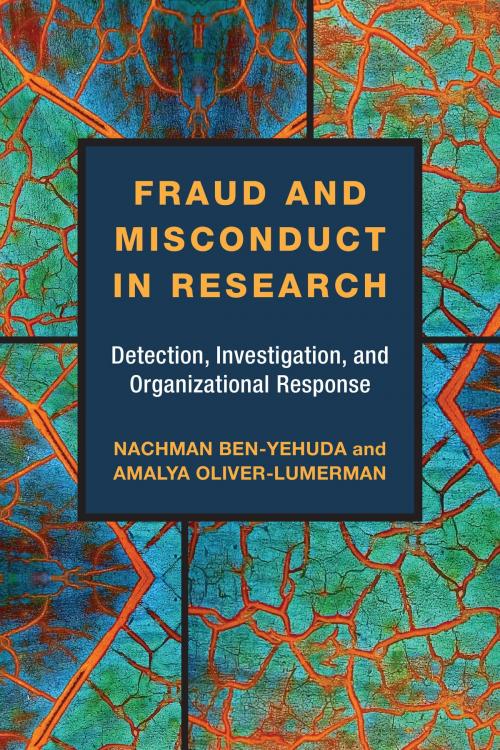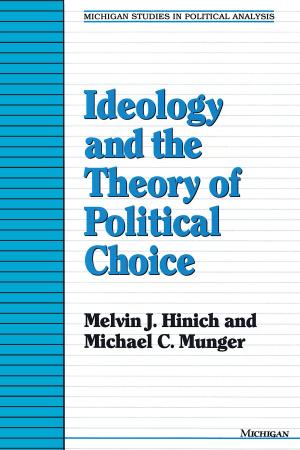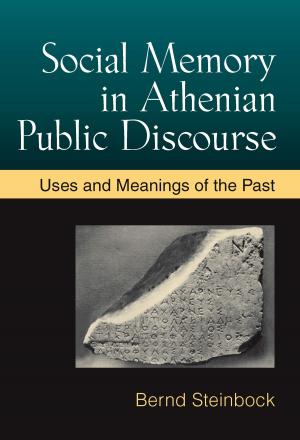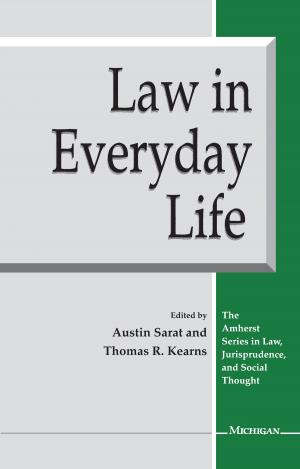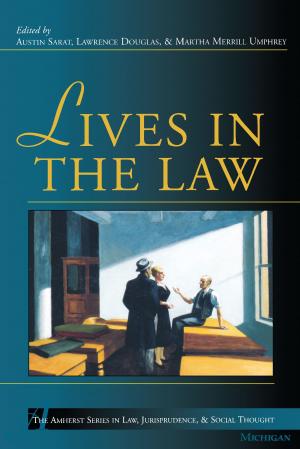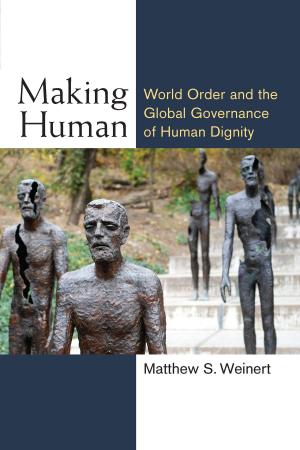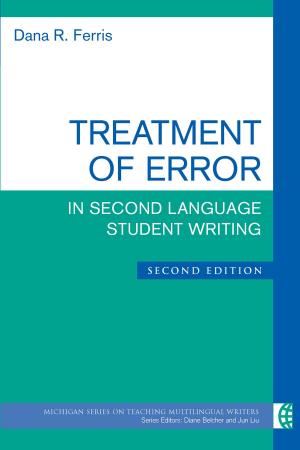Fraud and Misconduct in Research
Detection, Investigation, and Organizational Response
Nonfiction, Science & Nature, Science, Other Sciences, Methodology, Reference & Language, Education & Teaching, Higher Education, Social & Cultural Studies, Social Science| Author: | Amalya Oliver-Lumerman, Nachman Ben-Yehuda | ISBN: | 9780472123230 |
| Publisher: | University of Michigan Press | Publication: | October 5, 2017 |
| Imprint: | University of Michigan Press | Language: | English |
| Author: | Amalya Oliver-Lumerman, Nachman Ben-Yehuda |
| ISBN: | 9780472123230 |
| Publisher: | University of Michigan Press |
| Publication: | October 5, 2017 |
| Imprint: | University of Michigan Press |
| Language: | English |
In Fraud and Misconduct in Research, Nachman Ben-Yehuda and Amalya Oliver-Lumerman introduce the main characteristics of research misconduct, portray how the characteristics are distributed, and identify the elements of the organizational context and the practice of scientific research which enable or deter misconduct. Of the nearly 750 known cases between 1880 and 2010 which the authors examine, the overwhelming majority took place in funded research projects and involved falsification and fabrication, followed by misrepresentation and plagiarism. The incidents were often reported by the perpetrator’s colleagues or collaborators. If the accusations were confirmed, the organization usually punished the offender with temporary exclusion from academic activities and institutions launched organizational reforms, including new rules, the establishment of offices to deal with misconduct, and the creation of re-training and education programs for academic staff. Ben-Yehuda and Oliver-Lumerman suggest ways in which efforts to expose and prevent misconduct can further change the work of scientists, universities, and scientific research.
In Fraud and Misconduct in Research, Nachman Ben-Yehuda and Amalya Oliver-Lumerman introduce the main characteristics of research misconduct, portray how the characteristics are distributed, and identify the elements of the organizational context and the practice of scientific research which enable or deter misconduct. Of the nearly 750 known cases between 1880 and 2010 which the authors examine, the overwhelming majority took place in funded research projects and involved falsification and fabrication, followed by misrepresentation and plagiarism. The incidents were often reported by the perpetrator’s colleagues or collaborators. If the accusations were confirmed, the organization usually punished the offender with temporary exclusion from academic activities and institutions launched organizational reforms, including new rules, the establishment of offices to deal with misconduct, and the creation of re-training and education programs for academic staff. Ben-Yehuda and Oliver-Lumerman suggest ways in which efforts to expose and prevent misconduct can further change the work of scientists, universities, and scientific research.
